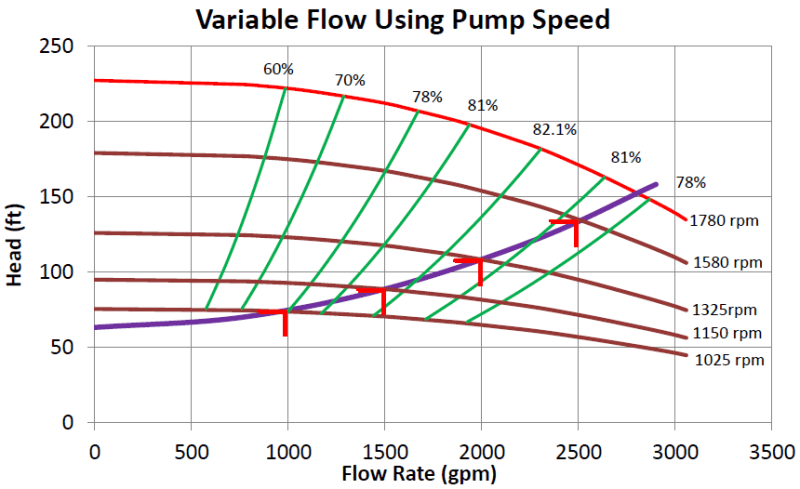Hello Guys,
Does the Efficeincy of the pump has an affinity law to be calculated by in case of speed change? I have a KSB pump that produce a 20000 m3/day with a VFD, I am estimating speed change effect in power consumption and I need to know if there are a law such as affinity laws to know the efficiency.
Does the Efficeincy of the pump has an affinity law to be calculated by in case of speed change? I have a KSB pump that produce a 20000 m3/day with a VFD, I am estimating speed change effect in power consumption and I need to know if there are a law such as affinity laws to know the efficiency.

